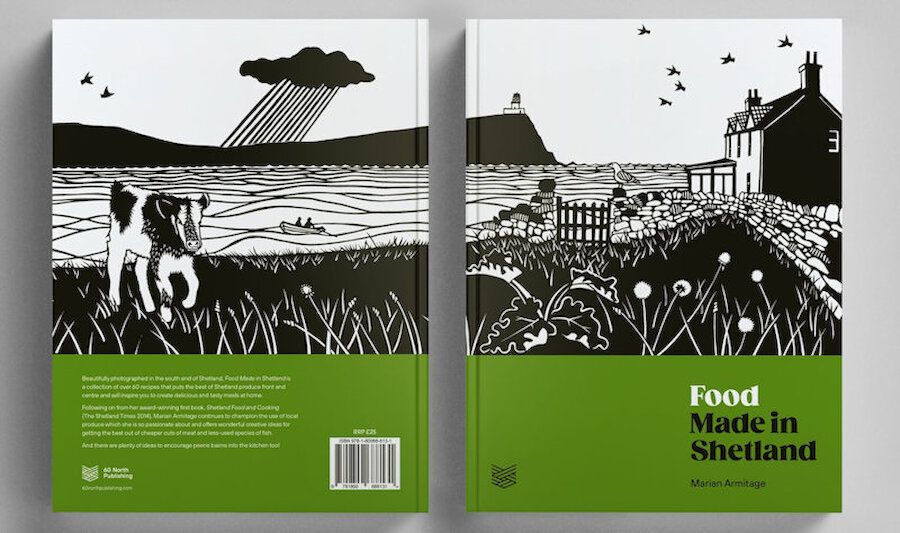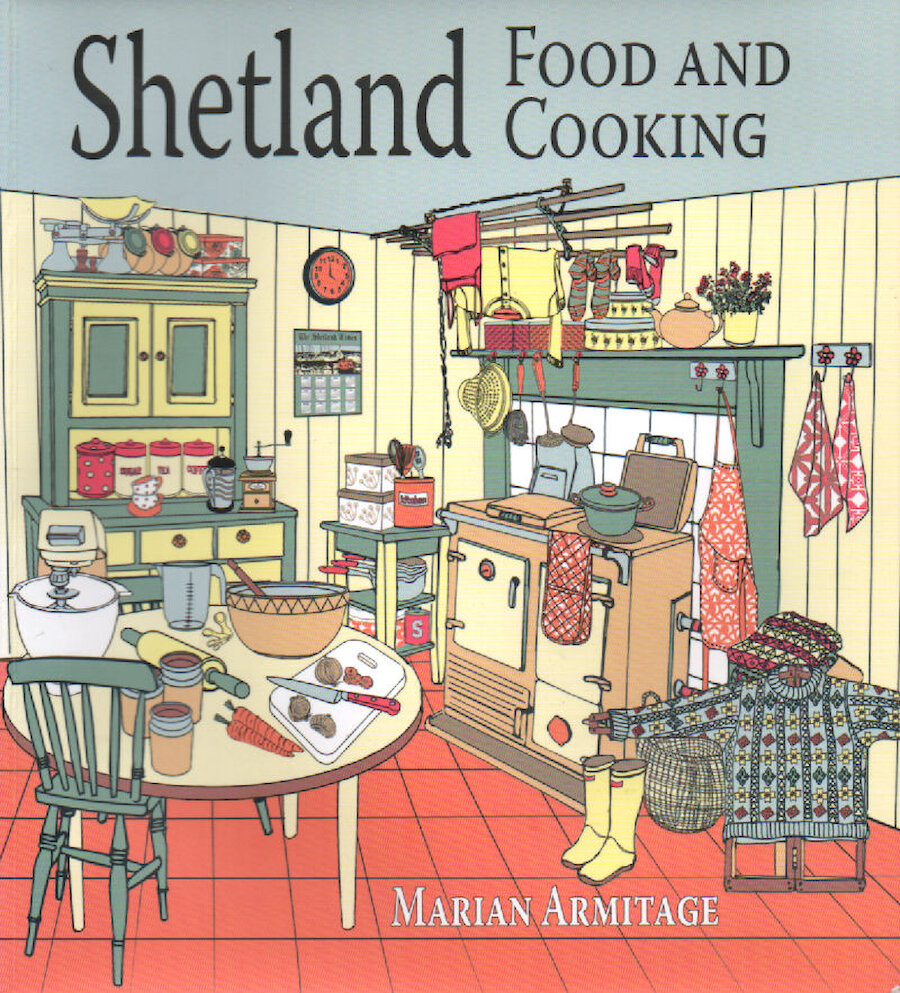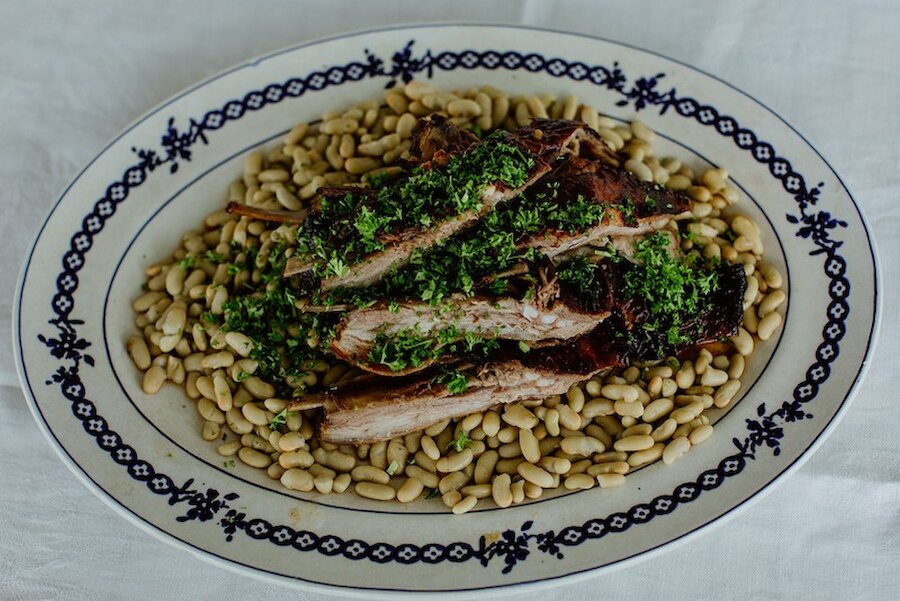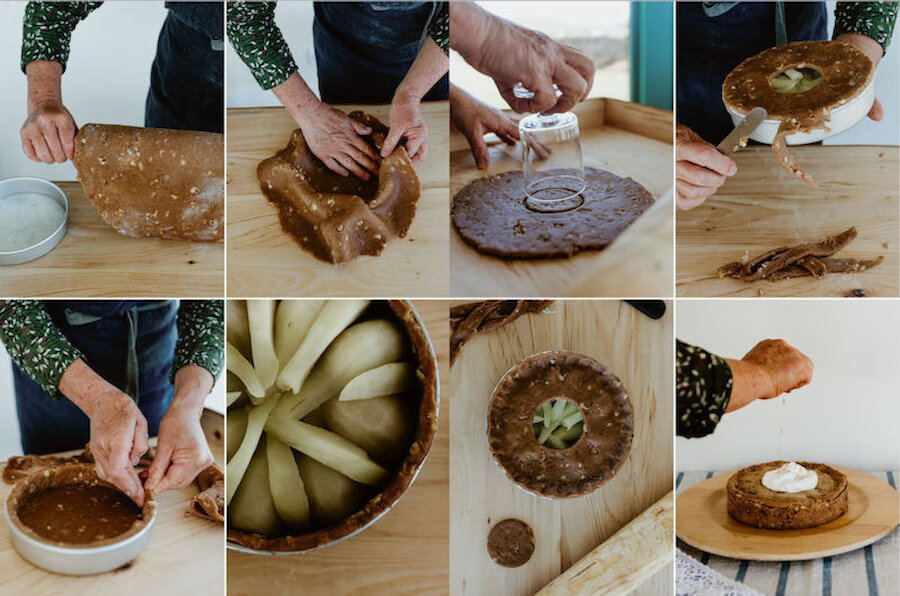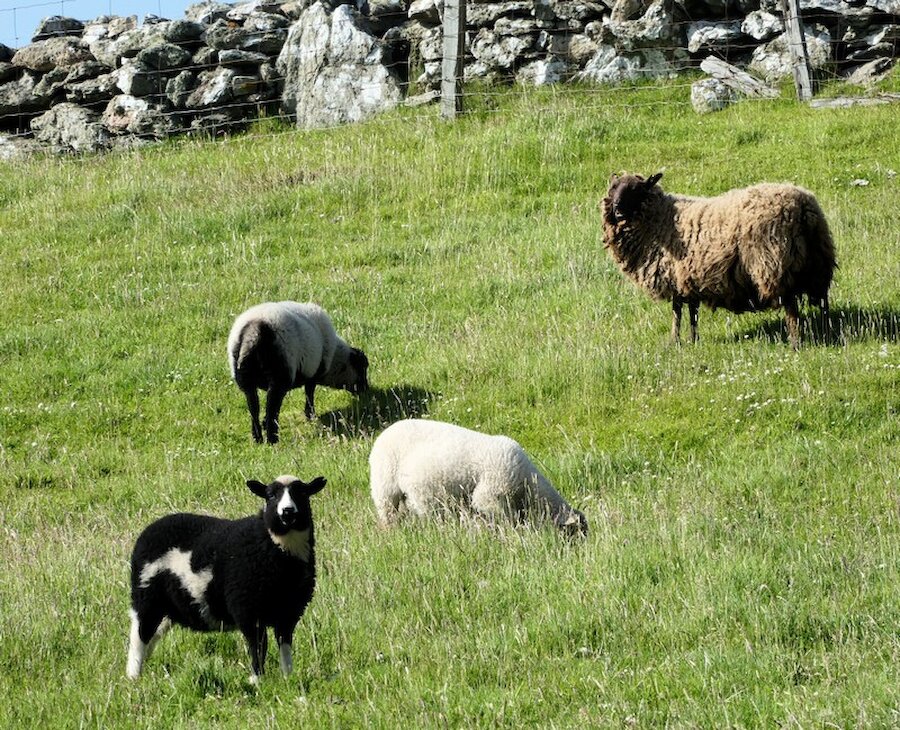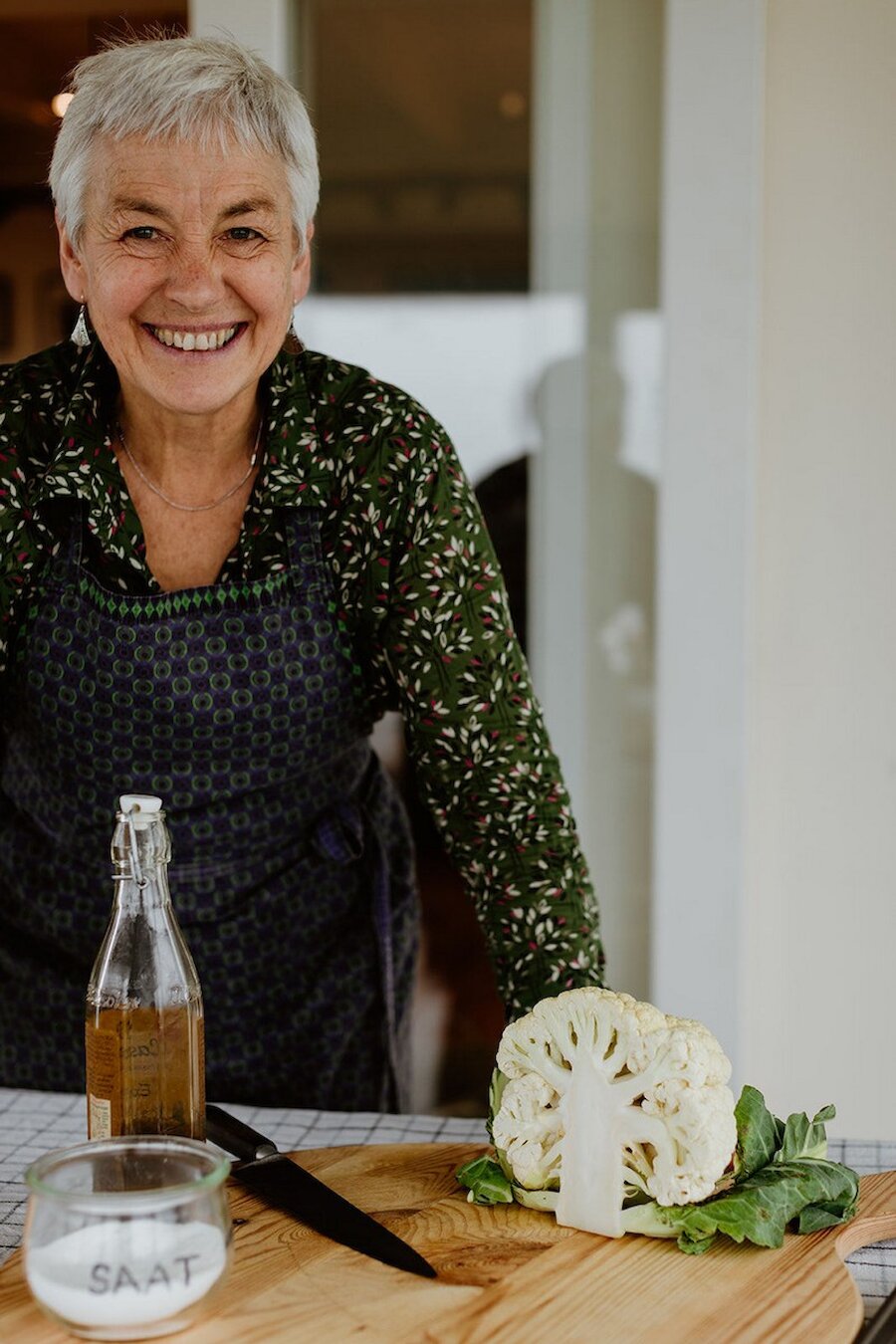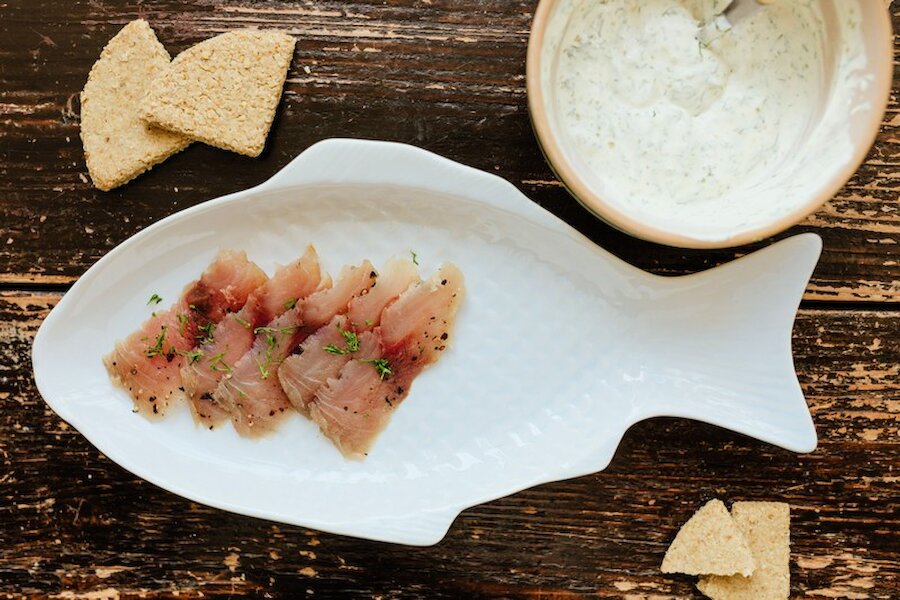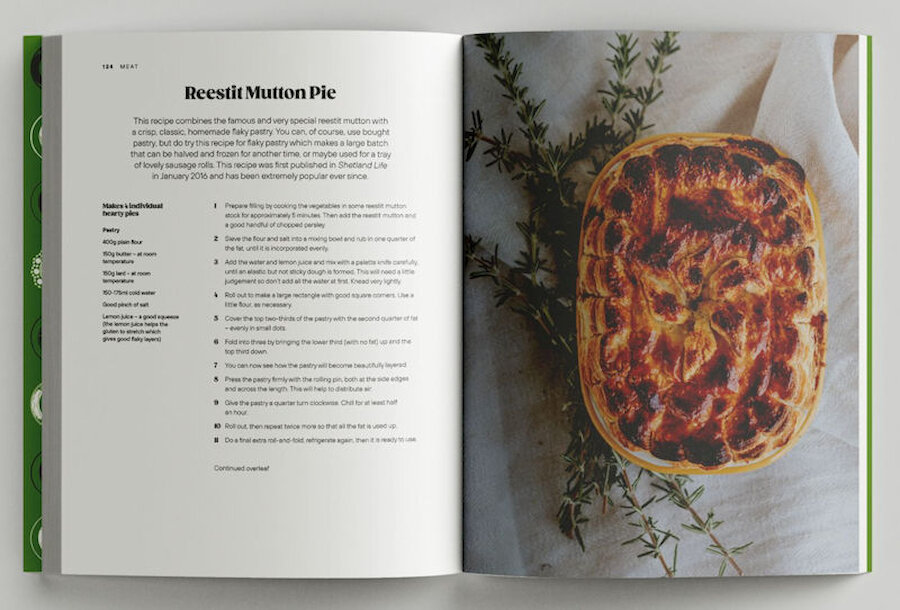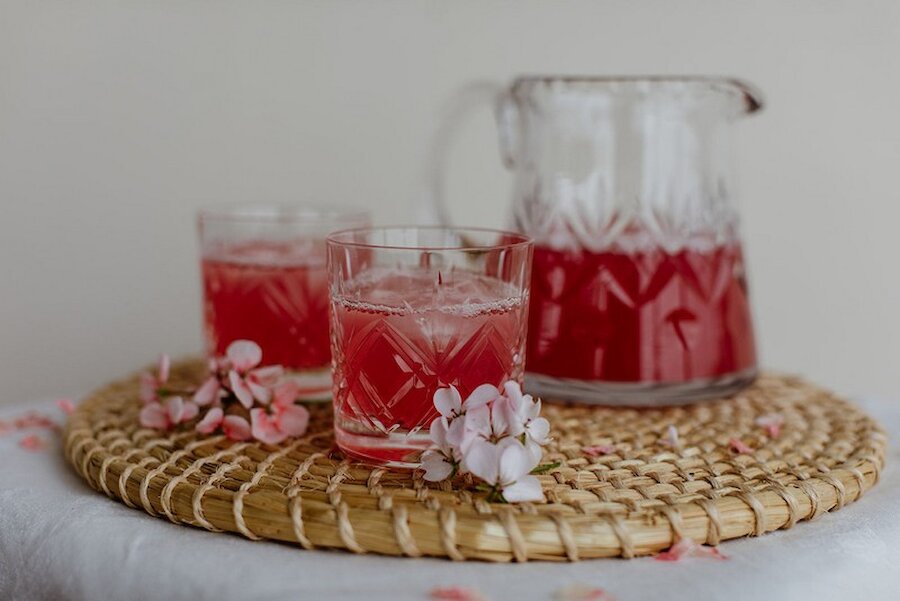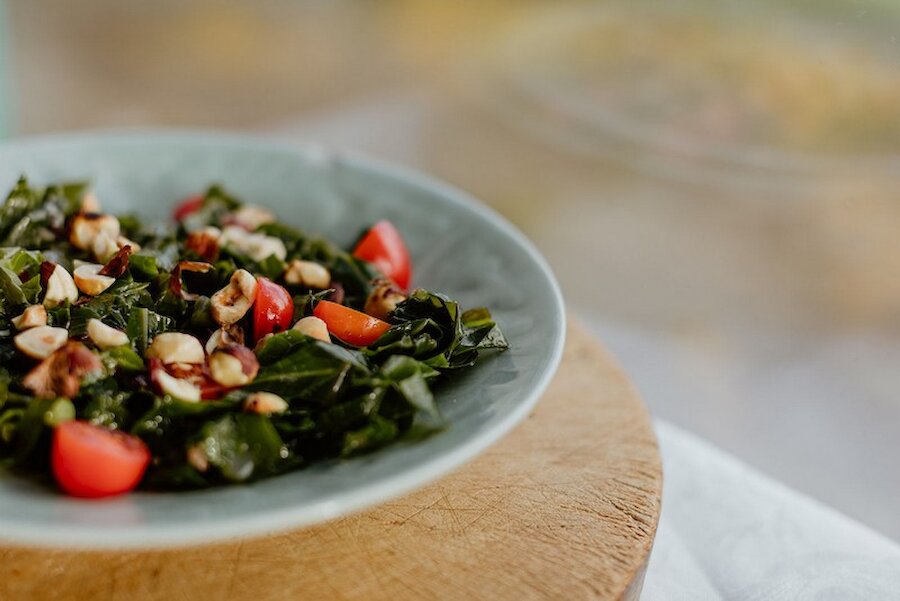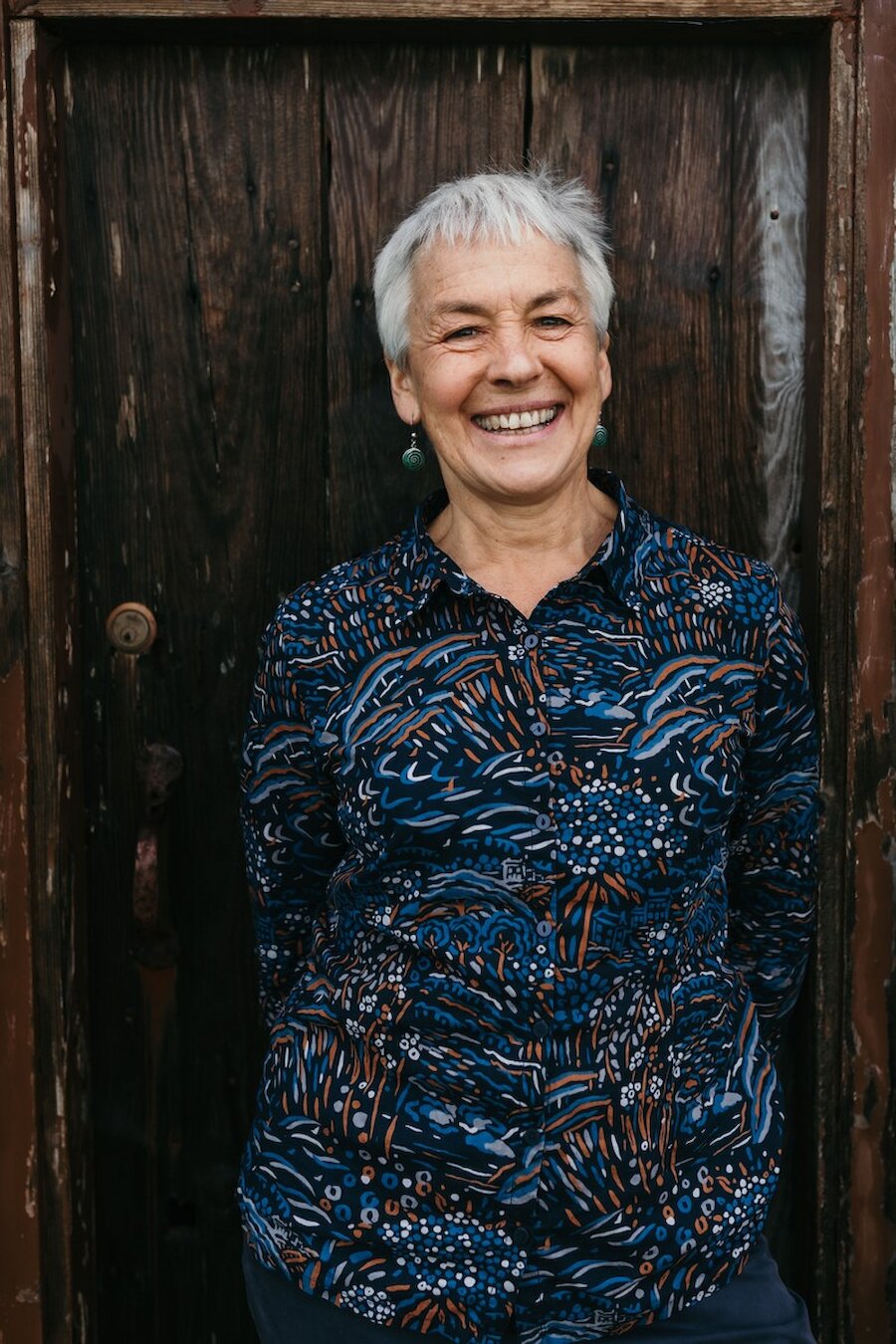Marian is a passionate advocate for cooking in general, not just Shetland cooking. Born and raised in the islands, she headed south to study in Edinburgh. Over the following 35 years, she taught in state secondary schools in Norwich, and, following her marriage, in London. “That had its challenges,” she tells me, “but huge, huge rewards.” Now, she’s back home and – among other roles – is the chair of Shetland Food and Drink, which exists to promote islands produce. We couldn’t wish for a better-qualified ambassador.
What lies behind her passion? It developed in her childhood.
“My mam was just an ordinary Lerwick mother, and we were fed good food, but I think the difference was that we were always encouraged to be hands-on. I was curious, so she pretty much gave me a free rein – I had to wash a sticky mess off the kitchen floor many a time! But it’s interesting that parenting nowadays feels a bit sanitised, whereas she was always positive and encouraging.”
Marian studied cookery right up to Higher level at school, in a small class. She says that the four-year course in Edinburgh was “of a really high standard” and she obtained an extended diploma, which qualified her to teach. She learned both how to make things, and how to teach things, “and that’s never, ever left me.”
It was from that perspective that she wrote Shetland Food and Cooking, which was named the winner in the food promotion category at the 2016 Gourmand World Cookbook Awards. Food: Made in Shetland is a very different book but was written in the same spirit.

